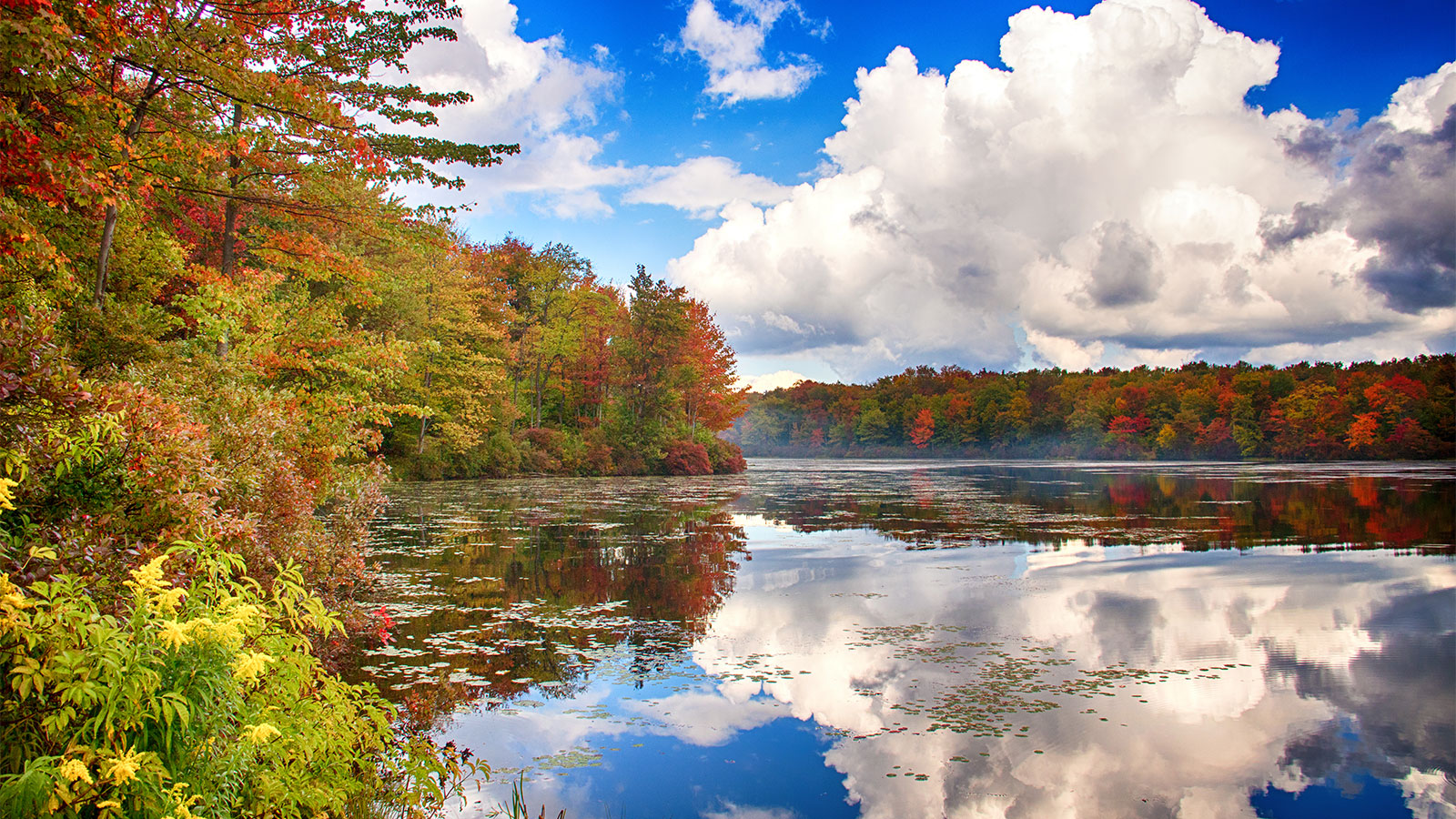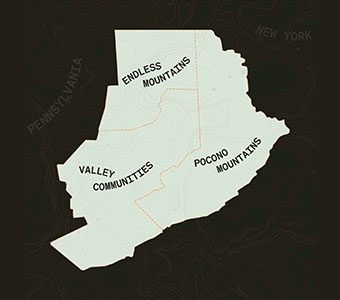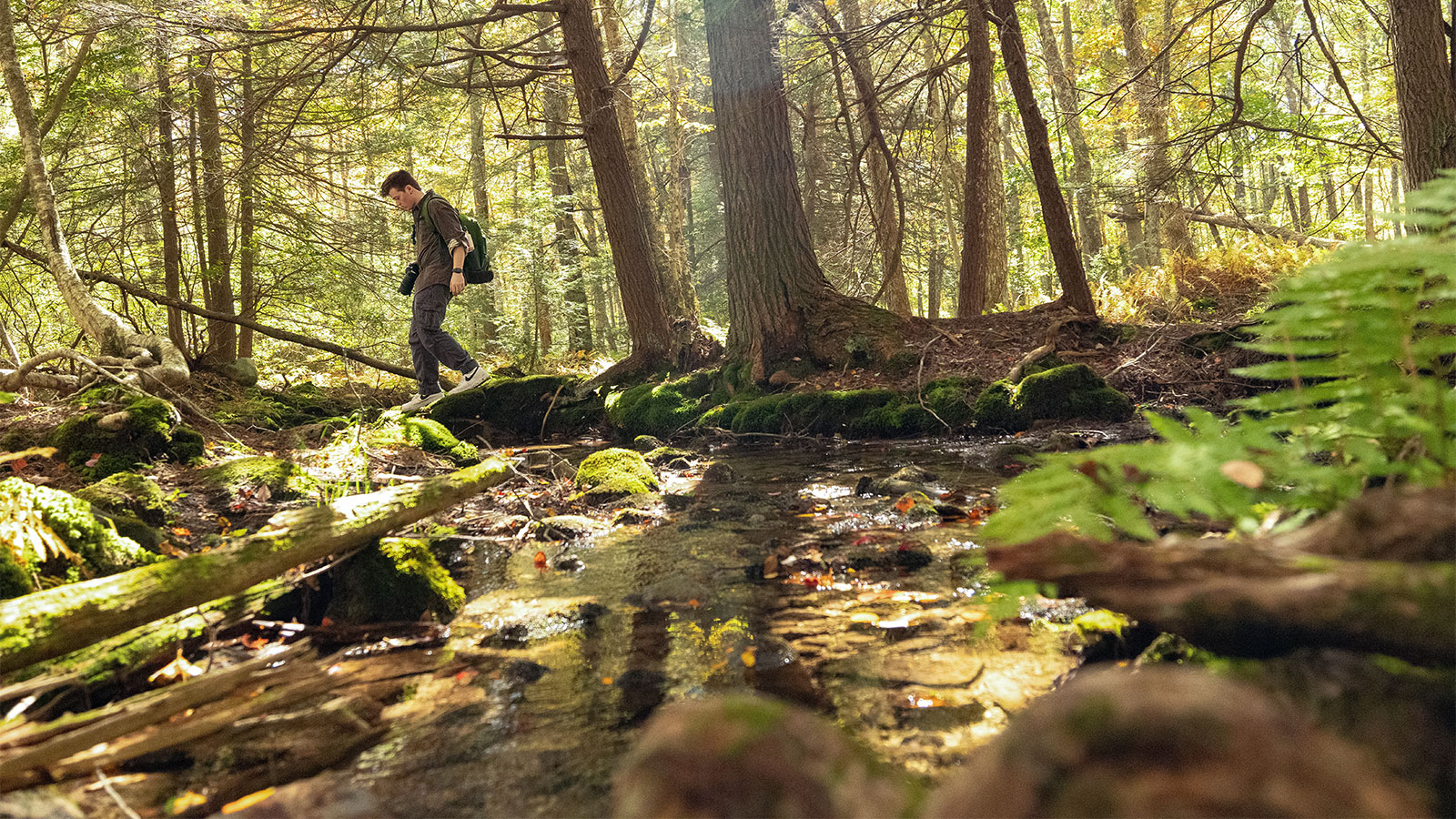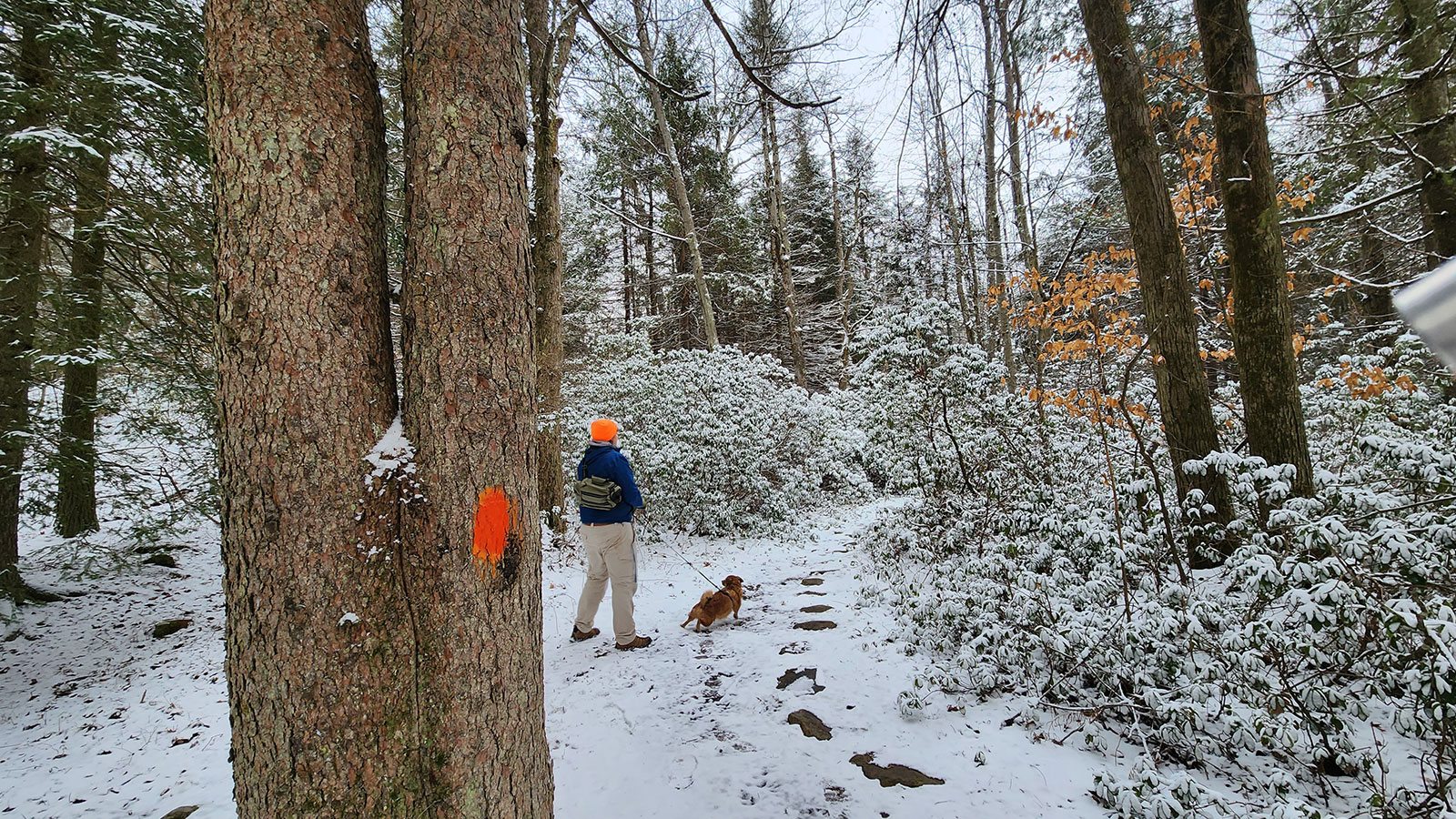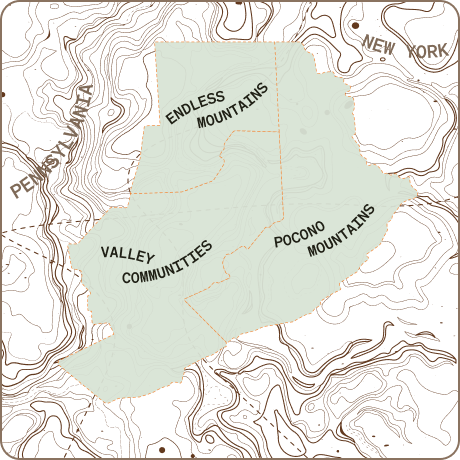Our 30/30 Winter Challenge has officially begun! Simply log 30 miles doing any activity on any trail before February 28th to qualify for a prize! You will be automatically enrolled in the challenge once you create a free account at Tailonthetrail.org.
February’s Trail of the month is the Pinchot Trail! Log miles at location “Pinchot State Forest” now through February 28th, 2023 to be entered into our giveaway!
Not registered? Register for free to be eligible for the trail of the month prize and compete in other challenges!
Scenic Winter Walks Along the Pinchot Trail

Some of us thrive in summertime, while others are winter warriors.
For those that enjoy the snow and cold, Pinchot State Forest is the perfect place to recreate at this time of year.
“Pinchot State Forest comprises approximately 50,000 acres, forestlands that characterize many of the mountainous areas near the confluence of the Susquehanna and Lackawanna rivers,” according to the PA DCNR website. The system is named after PA Governor Gifford Pinchot, who was the first head of the US Forest Service and had a summer home, “Grey Towers”, located in Milford, PA. Pinchot Forest District includes Lackawanna, Luzerne, Susquehanna, Wayne, and Wyoming Counties. A list of the tracts within this forest system can be found on the state forest website. You should also visit the website for updates on road closures and conditions.

Within the Thornhurst Tract of the state forest lies the Pinchot Trail, a 26 mile long loop within that offers a unique experience as an intro to overnight backpacking, or for more serious hikers can be done in one day. Sections of the trail can also be hiked out-and-back or as a loop when connecting with another trail within the forest system. Before you go, download the online trail map to help plan your adventure.

The Pinchot Trail is marked by orange blazes and can be separated into a northern and southern loop. The northern loop has little elevation change, whereas the southern loop has multiple changes in elevation. Since the trail is 26 miles, many visitors choose to make the hike a weekend adventure. The trail is open to hiking, snowshoeing, backpacking, and even camping, just make sure to practice Leave No Trace. Although the Pinchot Trail is limited to these activities, other sections of the Thornhurst Tract allows cross country skiing, snowmobiling, and horseback riding. Leashed dogs are permitted on all trails.

The northern section of the trail offers stunning views of snow-covered hemlocks and pines through winter. You’re also likely to come across mammal tracks after a fresh snowfall. In late summer, the northern section is a hot spot for quail and ruffed grouse, which you may hear fluttering away at the last second when you near their cover in the brush. Although it is not along the Pinchot Trail, the Pine Hill Observation Deck provides a 360-degree view of the Pocono Plateau and is worth a visit.

The southern section of the Pinchot Trail borders Spruce Swamp Natural Area. This 87-acre site is noted for its glacial bog where native spruce, balsam fir, and tamarack are found. In summer, the southern section is booming with life – singing birds, sunning reptiles, and stunning flora. The area is even known to contain a few Pennsylvania plant species that are classified as threatened. Bring a field guide along or download a plant ID app so you don’t miss these rare species! Surrounding the bog and acting as a buffer is a hardwood forest of hemlock and pine, making it a breathtaking winter hike.

More info from the PA DCNR Bureau of Forestry
The DCNR Bureau of Forestry’s mission is to ensure the long-term health, viability, and productivity of the commonwealth’s forests and to conserve native wild plants. The bureau will accomplish this mission by:
- Managing state forests under sound ecosystem management, to retain their wild character and maintain biological diversity while providing pure water, opportunities for low-density recreation, habitats for forest plants and animals, sustained yields of quality timber, and environmentally sound utilization of mineral resources.
- Protecting forestlands, public and private, from damage and/or destruction by fires, insects, diseases, and other agents.
- Promoting forestry and the knowledge of forestry by advising and assisting other government agencies, communities, landowners, forest industry, and the general public in the wise stewardship and utilization of forest resources.
- Protecting and managing native wild flora resources by determining status, classifying, and conserving native wild plants.
Volunteers are asked to register as Conservation Volunteers.
County: Lackawanna
Length: 26 Miles
Surface: Forest trail
The Pinchot Trail traverses several different types of forest. Hike through bogs, wetlands and densely forested terrain. The 26-mile trail can be split into easy, day hikes, or can include backpack camping in more remote areas.







